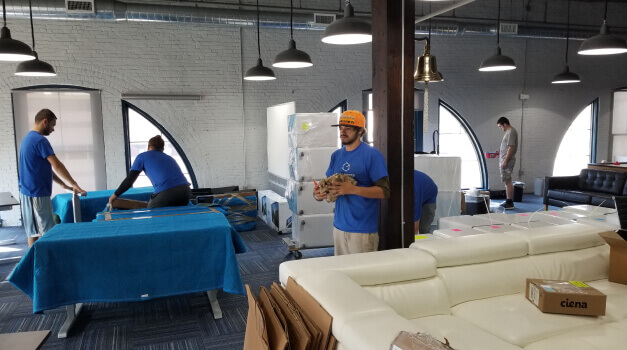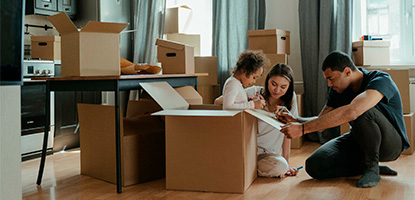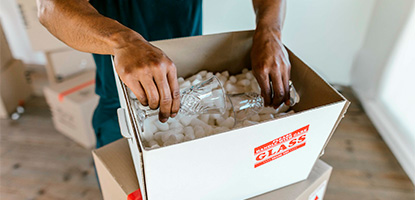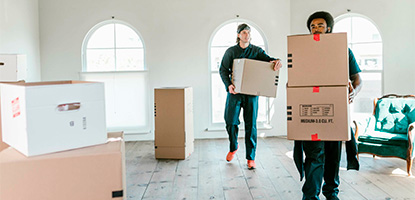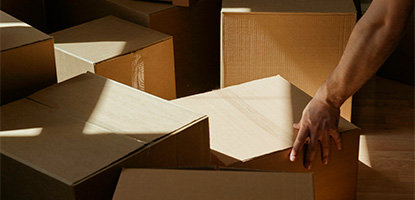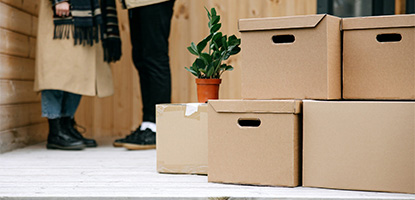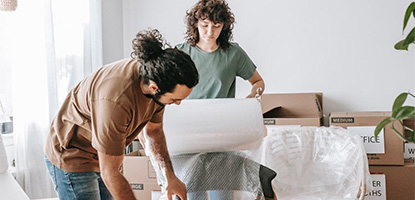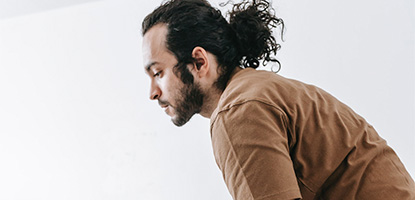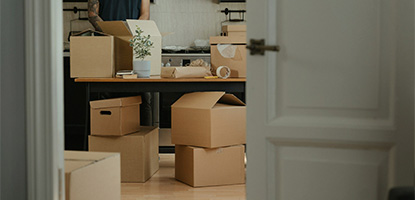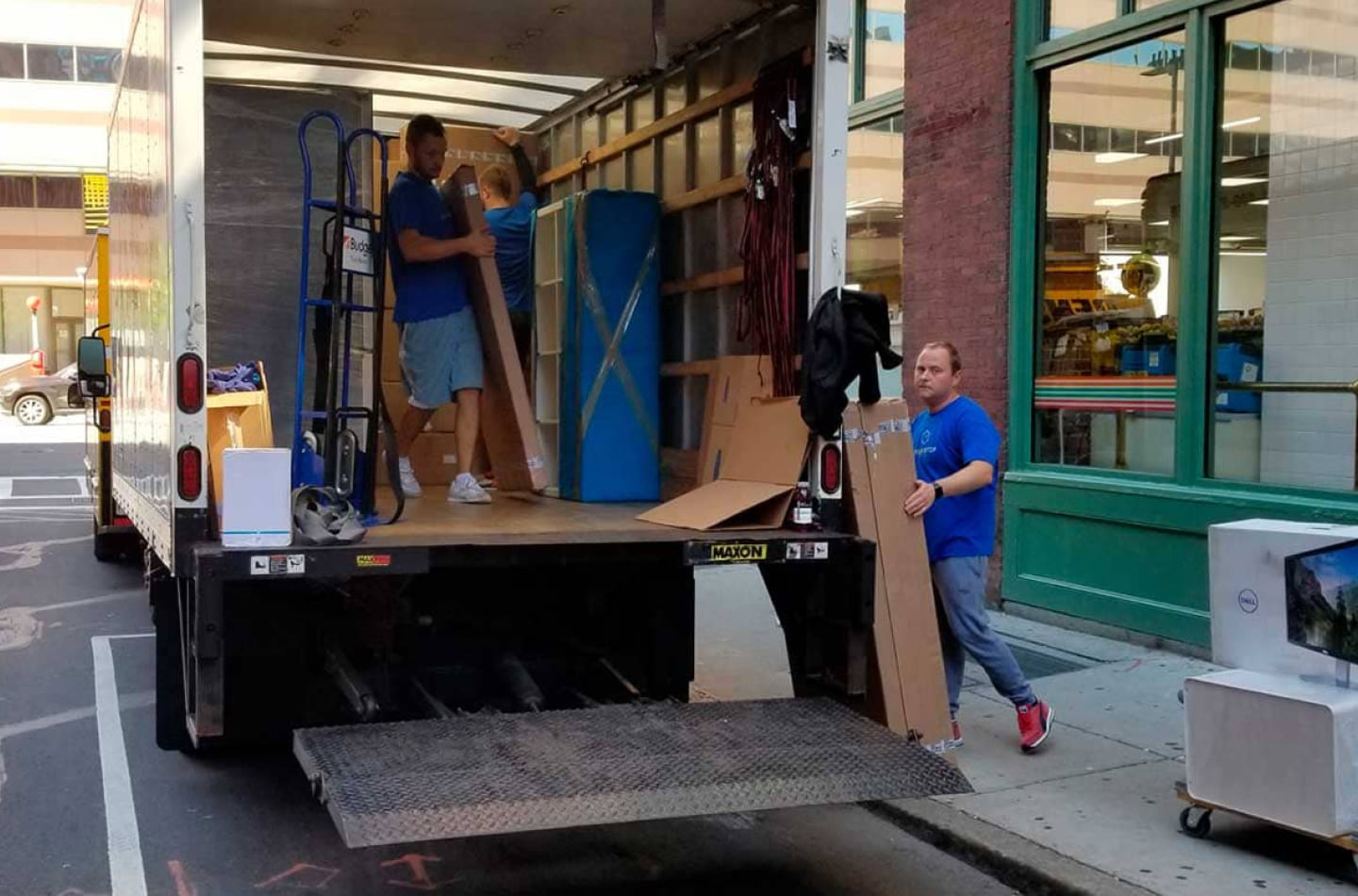It doesn’t matter if you’re moving out of an apartment or a huge house, tips on organization and planning are essential for a smooth relocation. However, how to pack and what to do while packing also depends on the distance of your move. Our brief guide with tips on how to pack for moving, both local-distance and long-distance, will provide you with tips that can help alleviate some of the tension. Whether you’re seeking tips on what to pack, how to declutter, or how to move safely, the following moving tips will have you feeling like a pro in no time.
WHAT PACKING SUPPLIES WILL YOU NEED FOR A MOVE?
To make your relocation successful and trouble-free, you’ll need the following supplies:
- Bubble wrap that will help you protect your belongings when moving. The best tip about it is that it is inexpensive and can be found in many department stores;
- Boxes. You can buy them or ask your friends, neighbors, and relatives if they have free boxes. Usually, you’ll need a range of sizes, so collect as many as possible for all your stuff to fit in there. And don’t forget to inspect their quality;
- Dolly. Moving boxes around might be exhausting, and it’s possible that you may eventually drop something while doing so. Renting a dolly from a moving company or a home improvement store, or can help you avoid these problems;
- Tape. Packing tape should be of the highest quality. You’ll need it for both making the boxes and sealing them after they’re full, so don’t button up your pockets and opt for a more expensive, higher-quality tape which many moving companies usually utilize. A good tip is to buy an additional roll or two just in case you end up using more than you’ve expected, too;
- Packing paper. You’ll need a lot of paper to protect sharp and fragile objects during your relocation, as well as to provide your boxes with some more support and padding. We recommend that you use ink-free packing paper for the ink not to leak onto your things;
- Plastic bags for small stuff. It’s easy to lose tiny goods when moving if you don’t use small plastic sandwich bags. When disassembling furniture, use these to keep screws and other small parts that may otherwise be lost. Each bag of components should be clearly labeled so that you could know exactly where each one goes;
- Markers and labels. A permanent marker or labels plus a marker (if you have plastic containers) are the best options for labeling supplies in your home. It’s also good to use stickers to mark which room in your new home the box goes.
6 VALUABLE TIPS ON HOW TO PACK FOR A MOVE (LOCAL-DISTANCE AND LONG-DISTANCE)
#1. Reduce the number of things you own.
Despite the popular belief, your moving costs won’t increase if your possessions weigh a lot since local distance Boston movers and many other moving companies charge by the time it takes to load and unload their trucks. If you have lots of stuff, try to get rid of old rubbish and things you don’t use before relocating to save on your moving costs and not to clutter up your new place. Garage sales, online marketplaces, donations to a charity, etc. are just some of the ways to do so.
#2. Sort out your possessions and pack the least important first.
You need to set priorities and decide what you will and won’t need. Sealing shut boxes with plates and pots will make cooking a nightmare, so opt for packing other things first. Start by putting away items you don’t use on a daily basis, such as books, clothes you don’t wear now, as well as decorative items. Then you may begin packing your kitchenware, bedding, toiletries, and other objects as the big moving day comes closer.
#3. Make sure everything is in order.
The more things you have, the longer the loading/unloading, the more expensive the whole Boston move will be. Put all of your boxes in one place to make the relocation go more smoothly. Disassembly will speed up things if you have lots of furniture to transport.
#4. Carefully pack your valuables.
Even if you’re not going far, for instance around the Boston area, a single bump on the road might cause your expensive china to fall down. Fragile objects should be packed carefully to avoid any possible damage so follow these tips on how to pack fragile things:
- Quality packing is a must. Use new and strong boxes and lots of bubble wrap to keep them safe during transportation;
- Don’t hurry. As the day of your relocation approaches, lots of things have to be done, but packing delicate objects require extreme caution;
- Use lots of padding. Your dishes and crystal wine glasses shouldn’t move around in their boxes and they need to be wrapped carefully. Foam peanuts and crinkled packing paper will help protect your belongings from shifting around. Close the box and shake it slightly to see how effective your padding is. More is required if you can hear the contents moving about;
- Be sure to use correct labeling. Any package carrying delicate objects should be clearly marked with the words “this side up” and “fragile”. This is done for movers to treat them with special care.
#5. Consider help with specialty possessions.
In order to avoid costly damage, disassembling and wrapping particularly complicated or valuable items with delicate parts may require the professional help of a moving company. Inquire about the expertise of the moving company you’ve chosen whether they will be able to handle these things. Some examples of such specialty items include the following:
- Pool tables. Moving a pool table on your own might have unpleasant consequences if you’re not experienced;
- Pianos. They are pretty heavy and ponderous, with delicate inner workings. Your piece will be better taken care of if you hire professional movers;
- Antiques and works of art. These are also prone to damage during relocation. Additionally, we recommend that you leave the packing of these items to experts.
#6. Make sure you have everything you need in a special moving day kit.
Long-distance moves may take a longer delivery of your household belongings. It’s a good tip to pack a special moving day kit with the things you’ll definitely need. Usually, among them are the following:
- Clothes;
- Gadgets and chargers;
- Toiletries;
- Children’s toys, etc.
If you don’t have lots of stuff, consider everything you need for the trip to be packed into your vehicle. Or if you’re going to use your car to transport some of the items along with the moving company, get both your belongings and your car ready for this.
Should You Hire Movers to Help You Pack?
It is always a good idea to hire a professional full-service moving service such as Step by Step Moving and Storage which will not only help you transport your belongings to your new home but also provide a range of other services, such as the following:
- Supplying all packing materials;
- Professional and fast packing and unpacking done instead of you;
- Disassembly and assembly of furniture;
- Loading and unloading the moving truck;
- Storage.
The best news here is that any professional moving company offers packing services, which may reduce some of the moving stress and allow you to focus on other aspects rather than having to worry about the logistics and planning, and it’s a great tip to mind as well. This may cost additional money but turning to professionals is always worth it.
